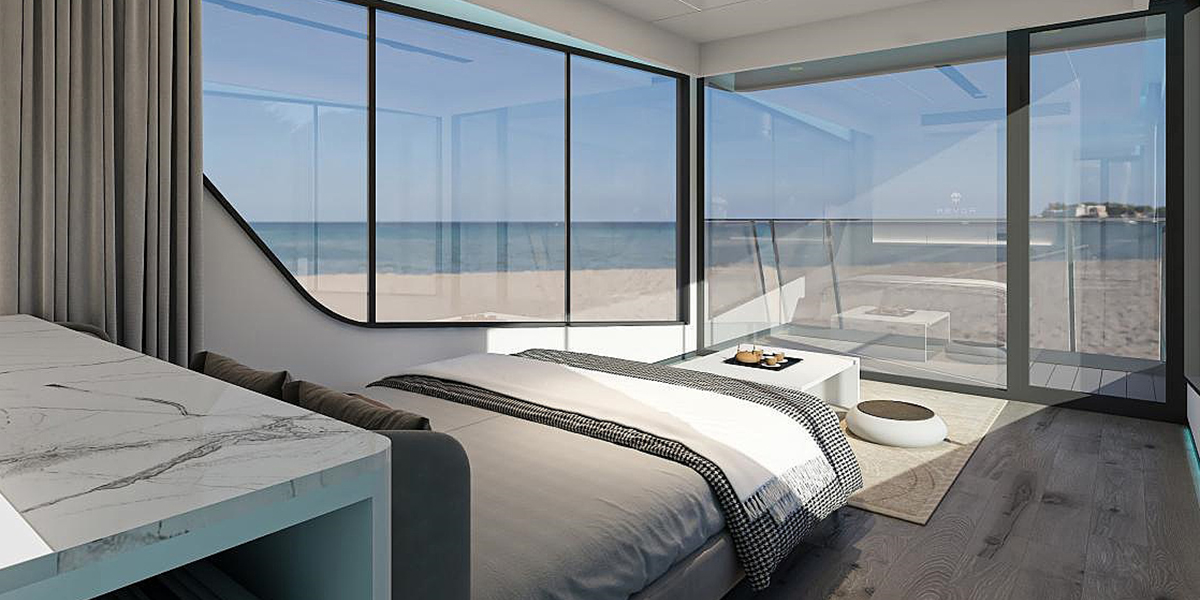
23 Jul Key Factors That Shape Capsule House Prices in 2025
Table of Contents
The capsule house price in 2025 will be influenced by several key factors. According to industry data, adding smart home technology can increase the capsule house price by up to $20,000. However, innovations like 3D printing and the use of recycled materials can help reduce the capsule house price significantly. The table below highlights the main cost drivers affecting capsule house price in 2025:
Cost Factor | Impact on Capsule House Price in 2025 |
|---|---|
Smart Home Technology | Adds up to $20,000 to the capsule house price |
3D Printing Innovations | Can lower the capsule house price by up to 30% (about $5,000 savings) |
Use of Recycled/Eco-friendly Materials | Can lower the capsule house price by up to 15% |
Modular Construction | Increases the capsule house price compared to traditional homes |
Regional Variations (Land Cost, Zoning Laws) | Capsule house price is higher in metro areas due to expensive land and strict regulations |
Urbanization and Demand Trends | Capsule house price varies, with metro homes ranging from $300,000-$700,000 and suburban homes from $200,000-$400,000 |
Overall Price Trend | Capsule house price may rise 15-20% in 2025 |
Understanding these factors helps buyers make informed decisions about capsule house price. It also allows for better financial planning. Choices in materials, location, and compliance with local regulations can quickly change the capsule house price. Additionally, growing demand for tiny homes and capsule houses continues to impact the capsule house price across different regions.
Key Takeaways
Capsule house prices in 2025 depend on things like customization, materials, size, layout, technology, and where you put them. Standard prefab capsule houses cost less and are built faster. Custom designs have special features but cost more. Using eco-friendly materials and smart home technology can make the house worth more. But these things can also make it cost more at first. Where you build the house matters a lot for price. Urban land and labor cost more, so building in the suburbs or country can save money. Planning for permits, site prep, shipping, and insurance helps you avoid surprise costs and keeps your budget safe.
Main Capsule House Price Factors
Many things affect how much capsule houses cost in 2025. Buyers look at customization, materials, size, and layout. Each one changes the capsule house price in its own way. Knowing about these things helps buyers make smart choices. It also helps them avoid surprise costs. The next parts will talk more about each factor.
Customization
Customization is important for capsule house price. Most capsule houses have set layouts and modular designs. This means you cannot add many special features. It also makes it hard to change the structure. Limiting customization keeps the capsule house price lower. It also makes these homes easier to buy. If buyers want special finishes or unique features, the capsule house price goes up. Capsule houses are small and use prefabricated materials. This limits choices even more. But if you add more customization, the cost can rise fast.
Materials
The materials used change the quality and capsule house price. Many capsule houses use prefabricated panels, recycled steel, or eco-friendly composites. These materials help keep costs low and are good for the planet. Fancy finishes or imported materials make the capsule house price higher. Buyers should look at different materials. They need to find what is strong and not too expensive.
Size
The size of a capsule house changes the capsule house price. Small units need fewer materials and less work. This keeps the price down. Bigger capsule houses give more space but cost more. Buyers should think about how much space they need. They also need to see if it fits their budget.
Layout
Layout design affects how people use space in capsule houses. Simple layouts are easy to build and keep the capsule house price low. Complex layouts with more rooms or odd shapes cost more. They need extra work and materials. Buyers should look at layout choices. They need to pick what works best for their needs and money.
Tip: Buyers who know these main factors can guess the final capsule house price better and avoid surprises when buying.
Customization Impact
 Standard vs. Custom
Standard vs. Custom
Capsule houses give buyers two main choices. You can pick a standard prefab model or a custom design. Standard prefab capsule houses are made in factories. They use set layouts and are built the same way each time. This helps keep the price lower. Most people find these homes cheaper and simple to put together. Custom capsule houses let you choose special layouts and features. These need more planning and skilled workers. That makes them cost more.
The table below shows the price and features for both types in 2025:
Model Type | Price Range (USD) | Cost per Square Foot (USD) | Description |
|---|---|---|---|
Standard Prefab | $20,000 – $60,000 | $100 – $200 | Made in a factory, put together at the site, cheaper because they make many at once. |
Custom Capsule House | $60,000 – $100,000 | $200 – $350 | Built to your needs, has special layouts and features, more fancy and harder to build. |
Some sellers give discounts if you buy more than one. For example:
If you buy 1-4 prefab capsule houses, it costs $15,000 each.
If you buy 5 or more, it costs $13,800 each.
Buyers should look at both choices and think about their needs and money. Standard capsule houses are good for people who want something fast and cheap. Custom capsule houses are better for people who want something special and fancy.
Personalization
Personalization means adding things that make your capsule house special. People might want custom cabinets, cool lights, or smart home technology. These things make the house nicer but also cost more money. Custom capsule houses can cost $200 to $350 for each square foot. The total price can be as high as $100,000. Prefab capsule houses are cheaper, costing $100 to $200 for each square foot.
Special features can also cost more later. Smart home systems and fancy materials might need more care. Buyers should remember these extra costs when picking a capsule house. Planning your budget helps you avoid spending too much and getting surprised.
Note: Personalization makes your capsule house special but always costs more. Buyers should think about what they want and how much they can spend to get the best deal.
Materials and Build Quality
The materials in capsule houses are very important. They help decide the price and how long the house lasts. Buyers look at different choices to find what fits their budget. They want something strong and good quality. The materials change how much you pay at first. They also change how much you spend later on repairs. Good materials can save energy and make living better.
Eco-Friendly Options
Eco-friendly materials are very popular in 2025. They help the planet and make the air inside cleaner. Magnesium wallboards are a favorite choice. They do not catch fire easily and keep heat inside. They also do not let out bad chemicals. This makes the house safer and better for health.
Material | Starting Cost | Repair Cost | Strength | Eco-Friendly |
|---|---|---|---|---|
Drywall | Low | High | Medium | Low |
Steel Panels | High | Low | High | Medium |
Magnesium Wallboards | Medium | Low | High | High |
Magnesium wallboards keep rooms warm or cool. This means you pay less for heating and cooling. Prefab capsule houses with eco-friendly materials are built faster. They also need fewer workers. Modular building uses less material and saves money on labor. These things make eco-friendly capsule houses a smart buy.
Premium Finishes
Premium finishes make capsule houses cost more. But they also make the house nicer and more comfortable. Fancy floors, special tiles, and custom cabinets look great. People who pick these want their house to last longer. They also hope to sell it for more money later. These upgrades cost more at first and when fixing them.
Capsule houses with premium finishes are good for people who want high quality. Using the best materials keeps the house looking nice for a long time. Buyers should think about if the better quality is worth the extra cost.
Tip: Always check the price and quality of materials before you buy. Picking the right ones can save you money and make your home better.
Size and Layout
 Space Efficiency
Space Efficiency
Space efficiency is very important in capsule houses. Designers use all the space to make it comfortable and useful. This helps make capsule houses cheaper than regular homes. Prefabrication and modular building help keep prices down. These ways use less work and build faster.
Capsule houses usually cost $20,000 to $50,000. Prefabrication lowers labor and material costs.
Modular and smart designs help capsule houses fit in busy cities. They use small land well.
Modular building lets owners change or add space if needed. This helps control spending.
Energy-saving features lower utility bills. Owners save money over time.
Eco-friendly materials also help cut costs later.
A space-efficient design gives buyers more for their money. Capsule houses are a smart choice for people who want cheap, modern homes in cities.
Complexity
How complex the layout is changes the price of capsule houses. Simple layouts cost less because they use fewer materials and less work. If the layout is more complex, the price goes up fast. The table below shows how different layouts change the price:
Layout Complexity Level | Approximate Cost Range | Description |
|---|---|---|
Simple Studio Capsule | $20,000 – $30,000 | Basic open studio with few rooms, small space, basic things. |
Midrange Capsule | $40,000 – $70,000 | Has more rooms like bedrooms, kitchen, bathroom, and normal features. |
High-End Luxury Capsule | $70,000 – $100,000+ | Custom designs, many rooms, fancy materials, and nice features. |
A simple studio capsule house gives basic living for less money. Midrange models have more rooms and cost more. High-end luxury capsule houses have special designs and fancy finishes, so they cost the most. Buyers should think about what they need and how much they can spend when picking the size and layout.
Tip: Picking a simple layout saves money. More complex designs give extra comfort but cost more.
Technology Features
Smart Home
Capsule houses in 2025 often have smart home systems. People can use their phones or tablets to control lights and heat. They can also use these devices for security. Many capsule houses have AI-controlled smart systems. These let people use their voices to change the temperature or turn on lights. They can also lock doors with voice commands. Touch panels and apps help people do daily tasks easily. Automatic curtains and sound systems make homes more comfortable. Better lighting designs help rooms feel cozy. Air conditioning and fresh air systems keep the air healthy.
Technology Feature | Description | Impact on Pricing and Value |
|---|---|---|
AI-controlled smart systems | Voice and app control for lighting, safety, and climate | |
Custom smart tech upgrades | Touch panels, sound, and automatic curtains | Raise price, add comfort and value |
Prefabricated standard tech | Factory-installed basic smart features | More affordable than custom options |
Smart home features make capsule houses cost more at first. Buyers pay extra but get more comfort and control. These upgrades help save energy and make life easier. Many people like these features for the convenience they give.
Energy Efficiency
Energy efficiency is very important in capsule houses. Many have solar panels, strong insulation, and energy-saving appliances. These things help lower utility bills and are better for the planet. Automated energy and climate controls keep homes comfy and save power. Some capsule houses use recycled steel to help the environment and cut costs.
Solar panels give clean energy.
Insulation keeps homes warm in winter and cool in summer.
Energy-saving systems stop power from being wasted.
Automated climate controls change the temperature to save money.
Capsule houses with energy-saving designs use up to 65% less energy than old ones. Owners pay less each month and help the earth. These features make capsule houses a good choice for people who want modern and green homes.
Tip: Buying smart home and energy-saving systems can make capsule houses worth more and make life easier.
Location and Installation
 Land Costs
Land Costs
Land costs play a major role in the final price of a capsule house. Buyers often see big differences in price based on where they want to build. In city centers, land prices stay high because many people want to live there. Suburban or rural areas usually offer lower land prices. Some buyers choose land that already has utilities like water and electricity. This choice can save money and time. Others buy empty lots and pay extra to add these services. Local taxes and fees also affect the total cost. Each state or city sets its own rules for property taxes. Buyers should check these costs before making a decision.
Area Type | Average Land Cost (2025) | Utility Access | Tax Rate |
|---|---|---|---|
Urban | $150,000 – $400,000 | Usually Yes | High |
Suburban | $60,000 – $200,000 | Sometimes | Medium |
Rural | $10,000 – $80,000 | Rarely | Low |
Tip: Buyers can lower costs by choosing land outside busy cities. They should also look for lots with existing utility connections.
Site Prep
Site prep means getting the land ready for the capsule house. This step includes clearing trees, leveling the ground, and making sure the soil is strong enough. Some sites need extra work if the ground is rocky or wet. Workers may need to build a driveway or add drainage systems. These steps help prevent water damage and make the site safe. Site prep costs depend on the size of the lot and the amount of work needed. In 2025, most site prep jobs cost between $5,000 and $25,000.
A smooth site prep process helps the capsule house last longer. It also makes the installation faster and safer. Buyers should ask for a detailed site prep plan from their builder. This plan should list all the steps and costs. Good planning at this stage can prevent problems later.
Note: The location and installation process shapes the total cost and timeline for any capsule house project. Careful planning saves money and avoids delays.
Labor and Construction
Regional Costs
Labor costs for capsule houses are not the same everywhere. In big cities, workers ask for more money because many people need them. Living in these cities also costs a lot. In the countryside, labor is cheaper, but it is harder to find skilled builders. Local rules and building codes can make the total price go up. Some states want special permits or checks, which cost extra. Weather matters too. Bad weather like snow or heavy rain can slow down building and make it cost more.
A table below shows how labor costs change by region:
Region | Average Labor Cost (per hour) | Impact on Capsule House Price |
|---|---|---|
Urban | $60 – $100 | High |
Suburban | $40 – $70 | Medium |
Rural | $25 – $50 | Low |
Contractors in busy cities know more about new capsule house styles. This can make the house better, but it also costs more. Buyers should look at prices and read reviews to get good work for their money.
Build Complexity
Build complexity changes how much labor costs and how good the house is. Prefabricated models are built in a factory, so labor costs less and quality stays the same. These homes do not need a full foundation. They use foot pads that can be moved. Lifting lugs help cranes put the house in place fast. This saves time and work.
Custom builds need more work at the site. Builders may have to add stairs or special things, which takes more time. Utility hookups are easy because many parts are ready to use. But special site needs can make costs go up. If the design is harder, you need more skilled workers to keep the quality high.
Prefab capsule houses: Cheaper labor, steady quality, faster to build.
Custom capsule houses: More labor, more work at the site, can be higher quality if done well.
Tip: Buyers should think about how special features affect labor costs and quality. Simple designs often give the best value and still look nice.
Regulations and Permits
Zoning
Zoning laws decide where capsule houses can go and what they cost in 2025. State and local governments make these rules. Some states, like California, made it easier to build prefab accessory dwelling units (ADUs). They lowered parking needs and removed owner rules. The size limit is now 1,200 square feet. Setbacks only need to be four feet. If an ADU is under 750 square feet, there are no impact fees. These changes help lower costs and make building easier.
Regulatory Aspect | Impact on Capsule House Projects (Prefab ADUs) in 2025 |
|---|---|
State Laws (California) | Lower costs, fewer restrictions, improved feasibility |
Local Jurisdictions | Some cities streamline permits, others add strict rules, affecting costs and complexity |
Permitting Processes | Faster approvals in some areas, reducing timelines and expenses |
Zoning Restrictions | Control build locations, size, parking, and setbacks, directly impacting costs |
Regional Variations | Unique city/county rules require careful review before starting a project |
Local rules can be very different. Oakland gives fee waivers and quick permits. Cities like Berkeley and Sunnyvale have more strict rules for design and setbacks. In some states, like West Virginia or Mississippi, some counties do not use state building codes. This makes it cheaper and easier to build capsule houses. But even in these places, some size and safety rules still matter.
Note: Always check local zoning codes before you start a capsule house project. Rules can change fast and may change your costs and timeline.
Compliance
Capsule house projects must follow many rules to keep people safe and make sure homes are good quality. The rules depend on where you build, the weather, and if the house is permanent or temporary. For example, homes in bushfire or cyclone areas need special safety standards. Permanent homes need building certificates, engineering reports, and permits. Temporary homes, like caravans, have easier rules.
Compliance Requirement / Region | Description / Details | Associated Costs (AUD) |
|---|---|---|
Bushfire-prone areas | Must meet BAL standards | Included in compliance fees |
Cyclone regions | Must meet wind/structural codes | Included in compliance fees |
Permanent installation | Needs permits, engineering, NCC compliance | A$3,000 – A$20,000 |
Site preparation and foundations | Varies by land complexity | A$8,000 – A$30,000 |
Utility connections | Power, water, sewage, off-grid systems | A$6,000 – A$22,000 |
Council permitting and compliance | Local council/state fees | A$3,000 – A$20,000 |
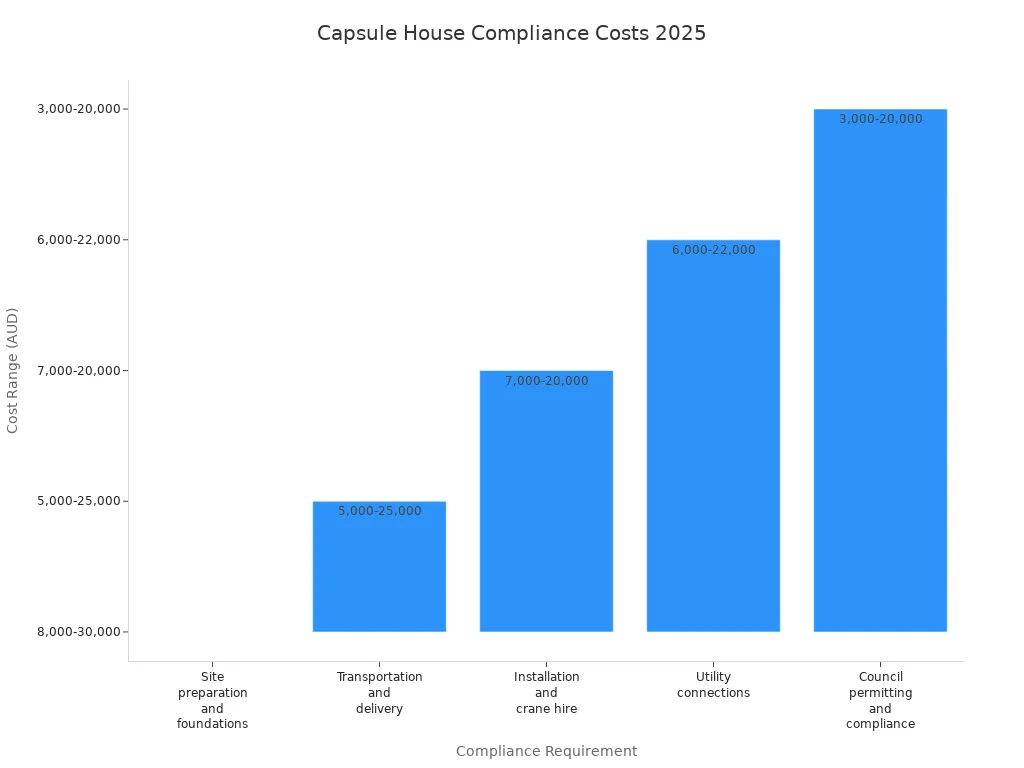
There are also ongoing costs like maintenance, insurance, and taxes. Each place has its own rules, so buyers should check local requirements before they start. Good planning helps avoid delays and surprise costs.
Tip: Doing research early about compliance saves money and stops project problems. Always ask local experts or officials for the latest advice.
Market Trends and Demand
Economic Factors
Capsule house prices in 2025 change because of many money issues. Inflation is between 2.4% and 2.7%. This makes building materials and labor cost more. Mortgage rates are high, close to 7%. This means loans are expensive for buyers. The Federal Reserve plans to lower interest rates two times this year. If this happens, loans might get cheaper. More people could then buy capsule houses.
Inflation makes materials and labor cost more.
High mortgage rates make loans harder to get.
The “lock-in effect” stops many people from selling homes. This means there are fewer homes for sale.
Experts think home prices will go up about 5% in 2025.
Millennials and better credit help keep demand steady.
Tariffs and money worries still affect the market.
Capsule houses are good for people who want cheap and flexible homes. Land in cities costs more, so demand for capsule houses goes up. People also want to travel on a budget. Builders see capsule houses as a way to use small city spaces. They want to help young and mobile buyers.
Market Trend / Factor | Description |
|---|---|
More people, like millennials and digital nomads, want cheap, easy, and special places to stay. | |
Urbanization & Real Estate Costs | Land in cities is expensive, so small capsule houses are popular. |
Economic Factors & Budget Travel | Inflation and money problems make people want cheaper homes. |
Technology Integration | Smart features and automation make capsule houses better and more useful. |
Sustainability | Eco-friendly designs are more important to buyers and investors. |
Note: Money trends change how much capsule houses cost and how many people want them. Buyers should watch inflation, interest rates, and local home prices before buying.
Resale Value
Resale value is important for people who buy capsule houses. The market is growing fast, with an 8.8% growth rate from 2025 to 2030. The market could be worth $432.5 million by 2030. Capsule houses keep their value in cities where land is pricey and many people want to live. Smart technology, green materials, and flexible layouts help keep or raise resale value.
But resale value can go down if too many capsule houses are built. New rules about where you can put them can also hurt value. Capsule houses in good spots or with special features usually go up in value. In bad locations or if not cared for, they can lose value.
Appreciation: Capsule houses in city centers or near trains often become worth more.
Depreciation: Bad locations, old features, or new rules can make resale prices drop.
Affordability: Capsule houses are still cheap, so many people want them. This helps keep resale value strong.
Tip: Buyers who pick good materials, smart features, and nice locations will get better resale value for their capsule house.
Additional Costs for Capsule Houses
Shipping
Shipping is a big part of the total capsule house price. Many buyers do not know how much shipping can cost. Capsule houses are made in factories that can be far away. The farther the factory is, the more shipping costs. Heavy or big capsule houses need special trucks or cranes. These trucks and cranes cost extra money.
Here is a table with shipping costs in 2025:
Distance (miles) | Estimated Shipping Cost (USD) |
|---|---|
0-100 | $2,000 – $5,000 |
100-500 | $5,000 – $12,000 |
500+ | $12,000 – $25,000+ |
People who live far from cities pay more for shipping. Some companies give a deal if you buy more than one capsule house. Bad weather or rough roads can make shipping cost even more. If there are delays, you might have to pay extra fees.
Tip: Always ask for a full shipping price before you sign a contract. This helps you know all the costs and stops surprises later.
Insurance
Insurance keeps your capsule house safe from loss or damage. Lenders want you to have insurance before they give you a loan. Insurance pays for damage from fire, storms, theft, or accidents during moving and setup. The cost depends on how much your house is worth, where it is, and what the plan covers.
Here are some facts about capsule house insurance:
Basic insurance starts at $500 each year for small capsule houses.
Premium insurance for fancy or custom homes can be $2,000 each year.
If your house is in a flood or wildfire area, insurance costs more.
Some insurance only covers the house, but other plans cover your things too.
Note: Buyers should look at different insurance plans from many companies. Reading the details helps you know what is covered and what is not.
Capsule house prices in 2025 change because of many things. These include customization, materials, size, layout, technology, and location. Buyers should think about what they need and check local rules. Making a budget helps stop surprise costs. Trusted companies like SUNJ House and Capsule Castle give clear prices and good help. The table below lists prices for some popular models:
Capsule House Series | Model | Size (sqm) | Price (USD) 2025 | Description/Notes |
|---|---|---|---|---|
STARRY SKY SERIES | G30 | 18 | Popular design, aviation-grade aluminum, 30-year warranty | |
STARRY SKY SERIES | G50 | 28 | $25,329 | Larger interior, used in hotels and resorts |
STARRY SKY SERIES | G70 | 38 | $31,393 | Largest in series |
STARSHIP SERIES | L50 (X50) | 28 | $25,329 | Durable aluminum, energy efficient glass |
STARSHIP SERIES | L70 (X70) | 38 | $29,379 | Larger scale design for scenic hotels |
STARSHIP SERIES | RT-S50 (T50) | 28 | $18,671 | Compact, energy efficient |
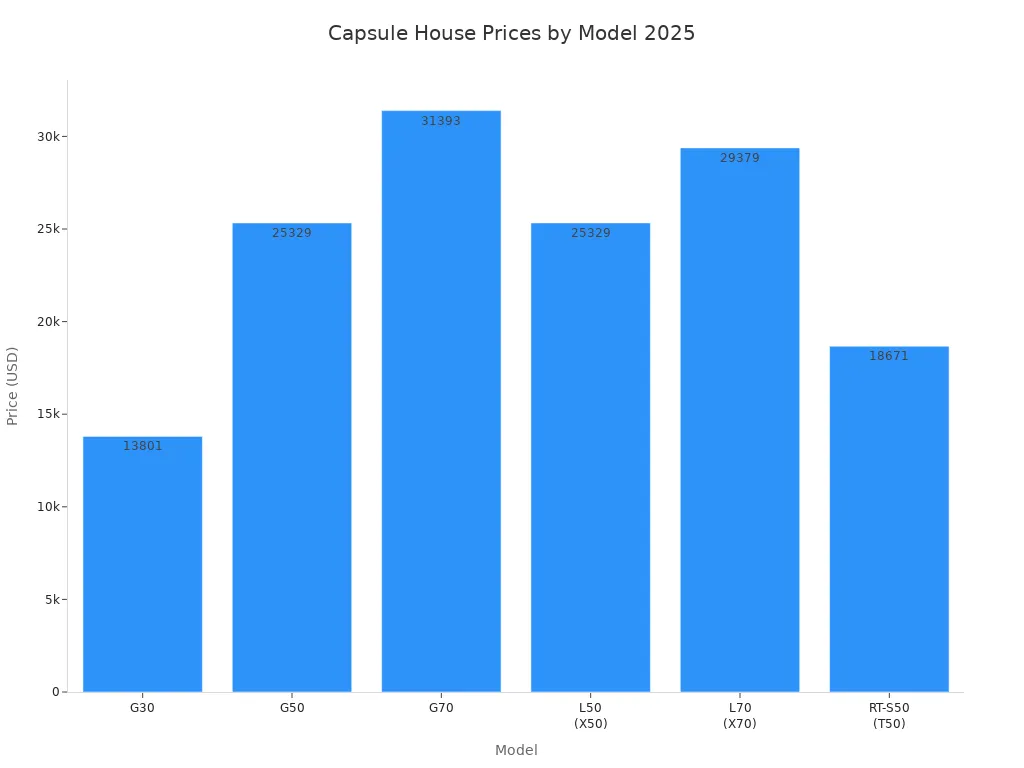
Tip: Always talk to trusted sellers for the latest prices and advice before you buy.
FAQ
What is the average price of a capsule house in 2025?
Most capsule houses cost from $20,000 to $100,000 in 2025. The price changes with the size, materials, and features you pick. Buyers should ask suppliers for the exact price.
Do capsule houses hold their value over time?
Capsule houses in good spots with new features often keep or grow in value. If the house is not cared for or is in a bad spot, it can lose value.
How long does it take to install a capsule house?
Prefab capsule houses usually take two to six weeks to set up. Custom designs can take longer. Getting the land ready and getting permits can also change how long it takes.
Are capsule houses safe in extreme weather?
Capsule houses use strong materials and follow safety rules. In places with floods, fires, or storms, builders add extra things to keep them safe. Buyers should ask about local safety rules.
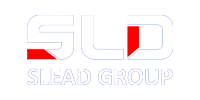



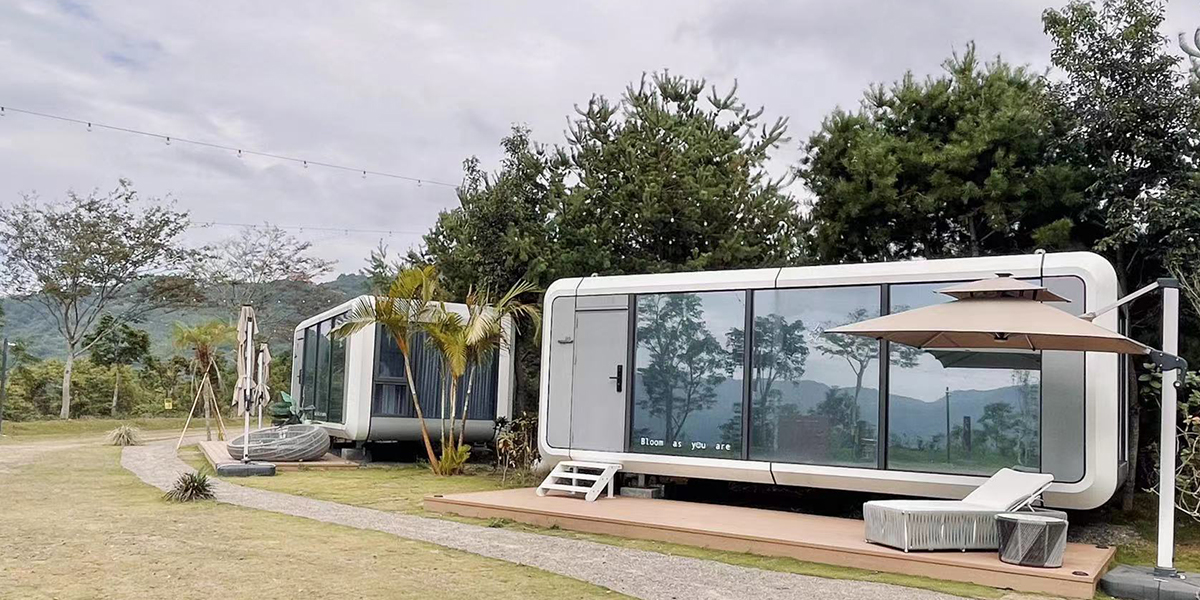 Standard vs. Custom
Standard vs. Custom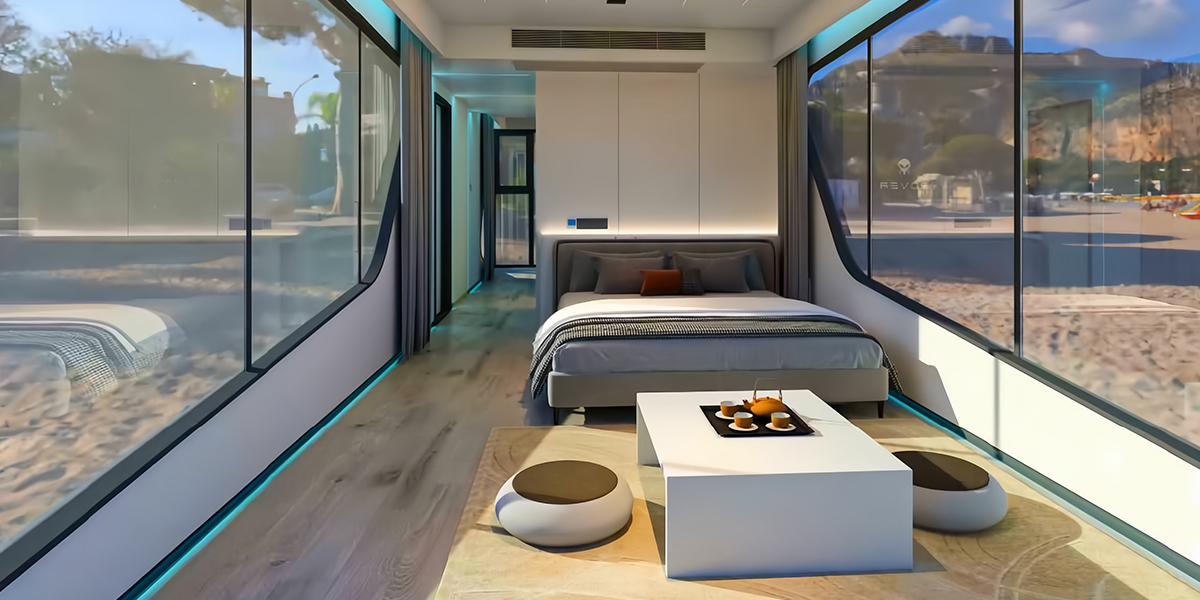 Space Efficiency
Space Efficiency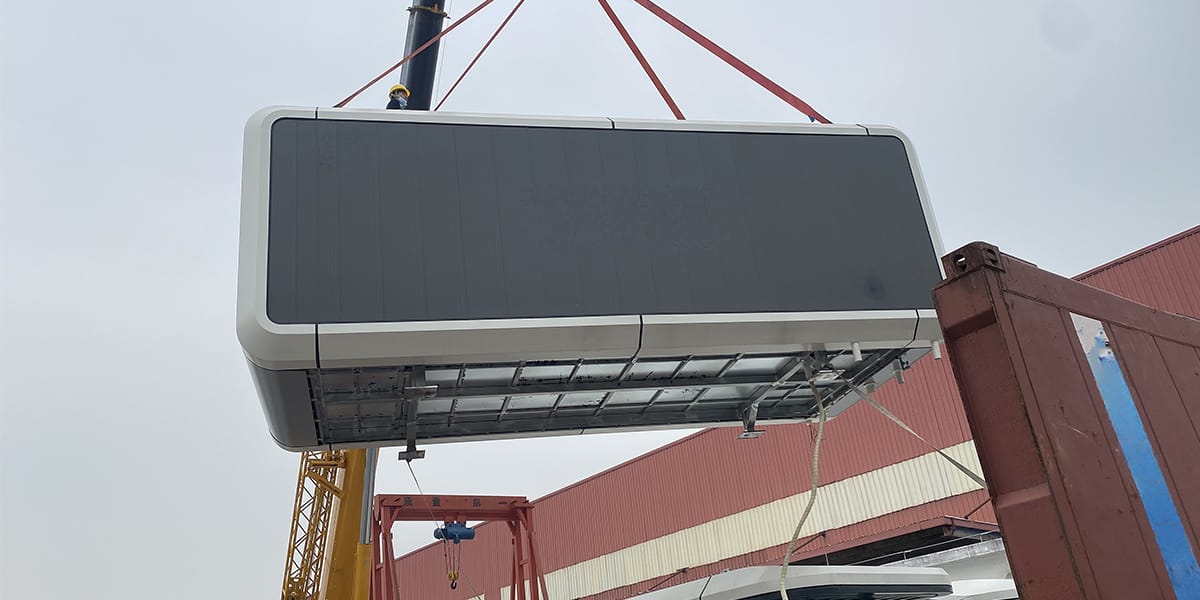 Land Costs
Land Costs